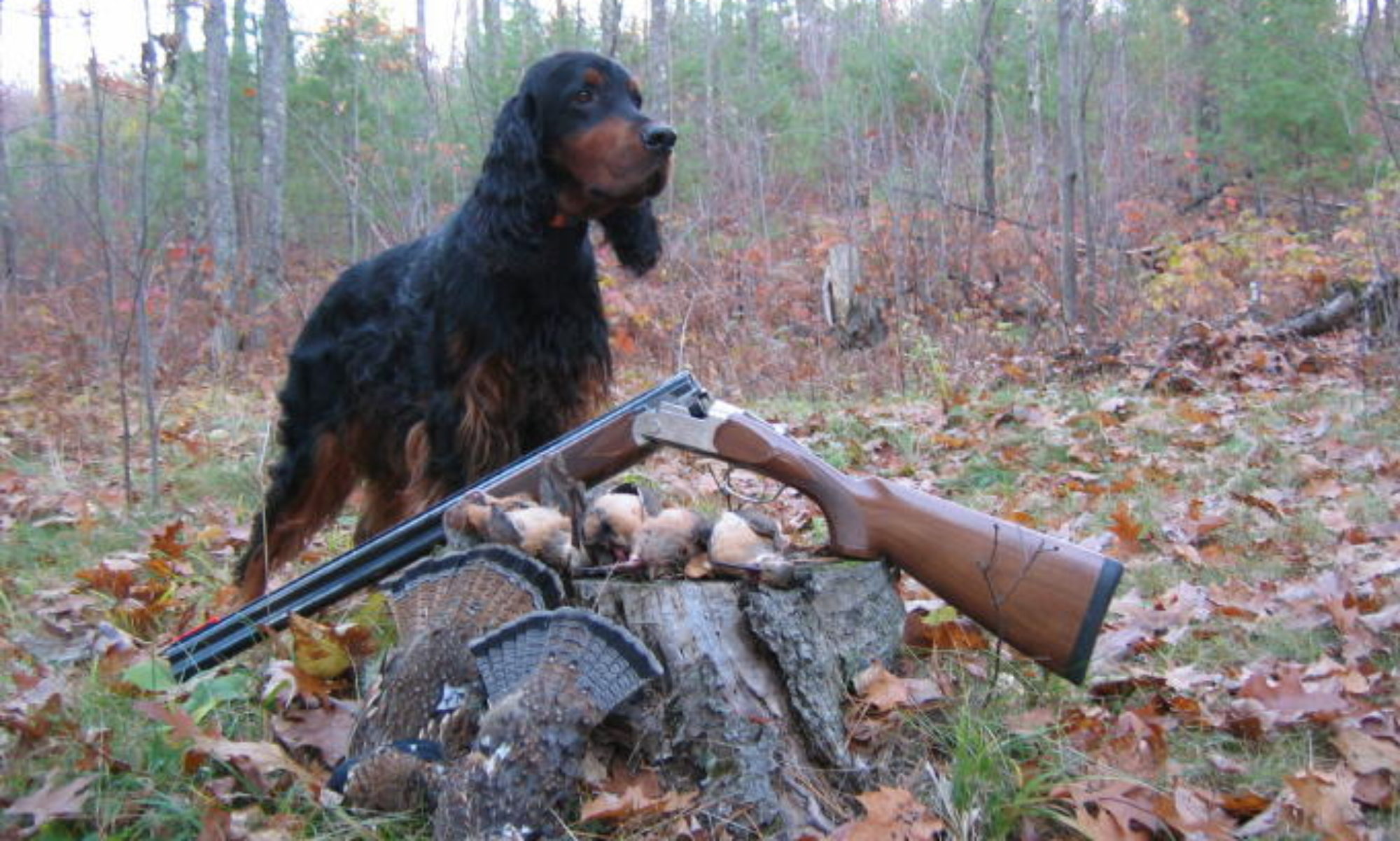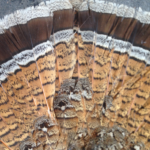2019 brings a new factor, Eastern Equine Encephalitis. EEE was detected in grouse sampled in Minnesota this year, the first year such test were conducted. Meanwhile in WI somebody will declare it’s not an issue here (was there any testing?) and we should restore the season to the decades long closure dates of late January.
Others continue to prattle that the only way to restore the glory years is to restore habitat to the levels seen 70 years ago. Here’s a hard fact, it isn’t going to happen. At most we will stop further loss of young growth forest or make small gains. Meaning at least in my lifetime and that of the next generation, what we have today is about as much net habitat as we are likely to have. Fortunately our states and counties are more agile than the fed’s when it comes to progressive forestry practices. Eventually the Federally managed lands in the Northwoods will either be managed correctly, or they will burn. I suspect the latter.
While new factors are being described, existing ones are slowly understood. Hunter harvest constraints are coming. Shortened seasons are now codified into policy and bag limits are being tweaked. Very, very few hunters are impacted. At some point, reducing daily bag limit from 5 to 3 becomes meaningless when flushing 5 grouse is impossible. Still, a 3 or even 2 bird / day bag limit is reasonable for most regions. For those that would otherwise miss dog work opportunities after a bird or two is bagged, show some real restraint; carry a blank pistol in your pocket for flushed birds, use these opportunities to train. Bob Wehle of Elhew pointer fame was an advocate of training on wild birds, and coined the term “dry-hunting”. Still, please carry a firearm for porkies and show them no mercy!
I trust you also had a good 2019 season.


